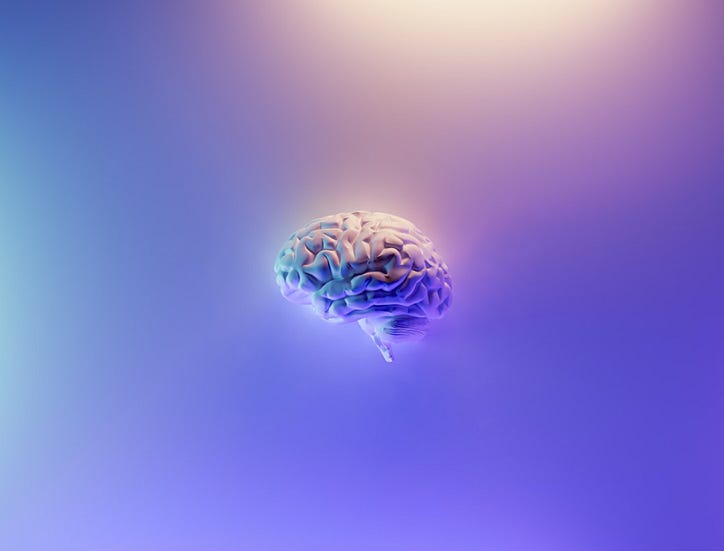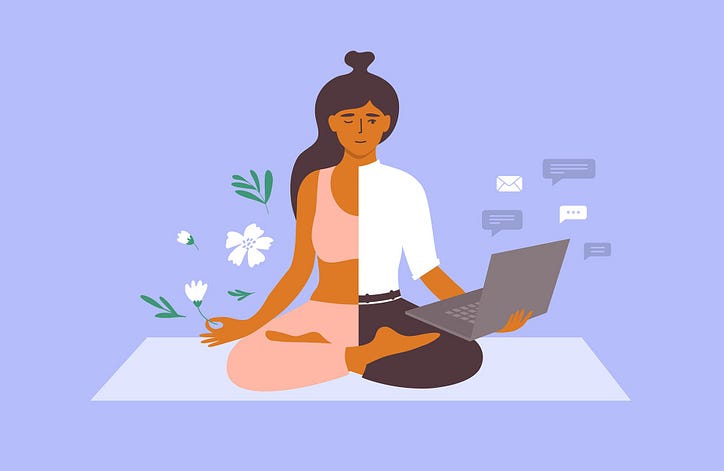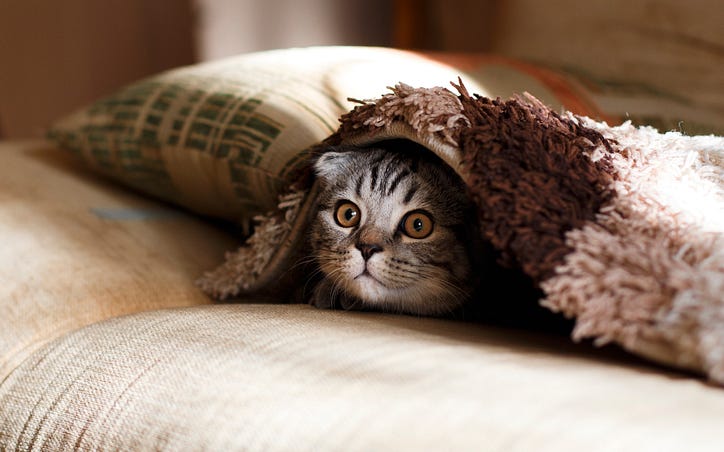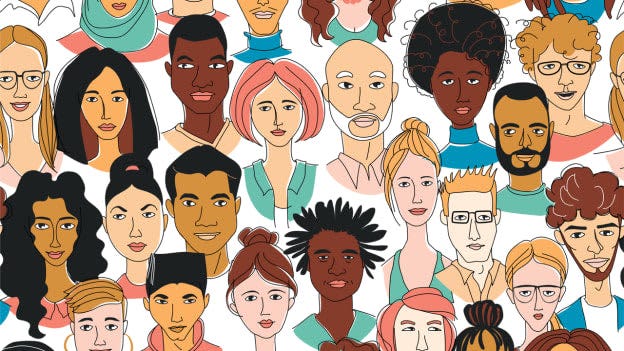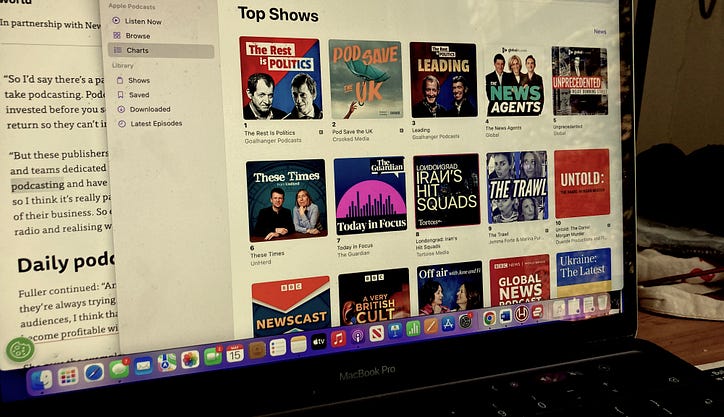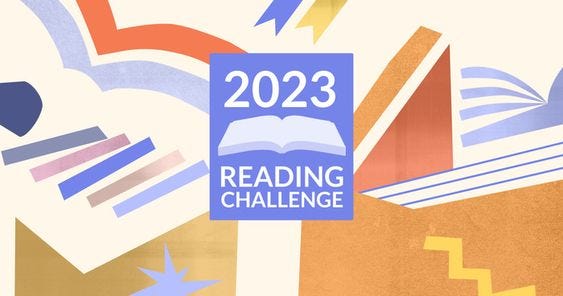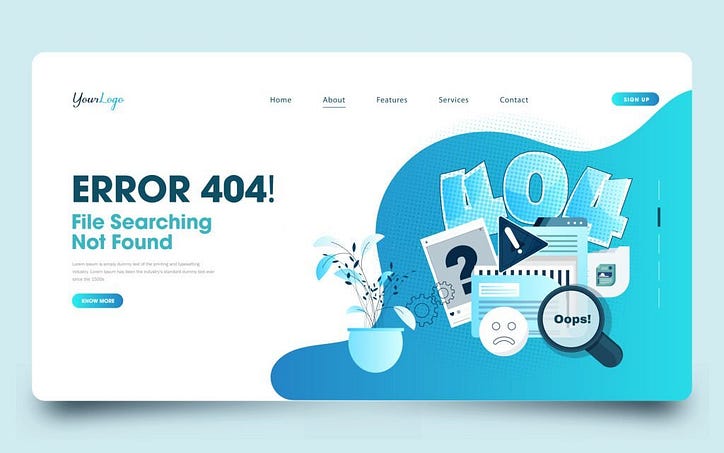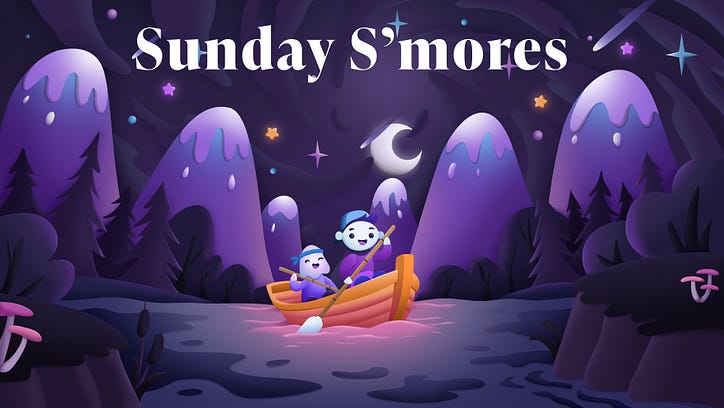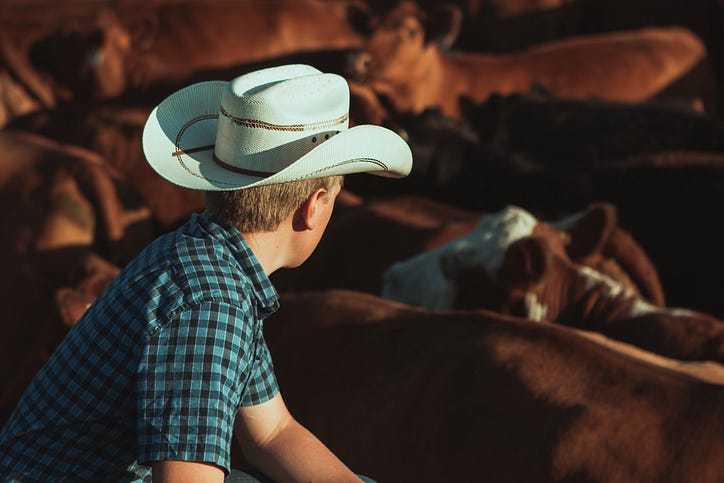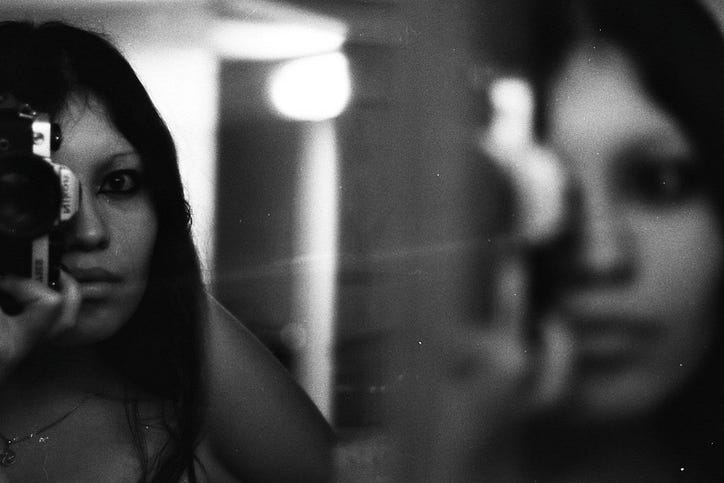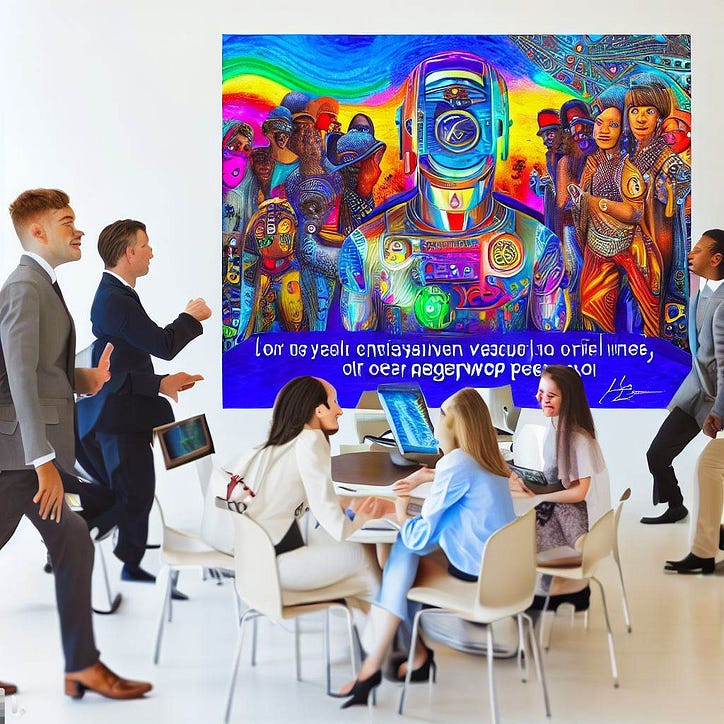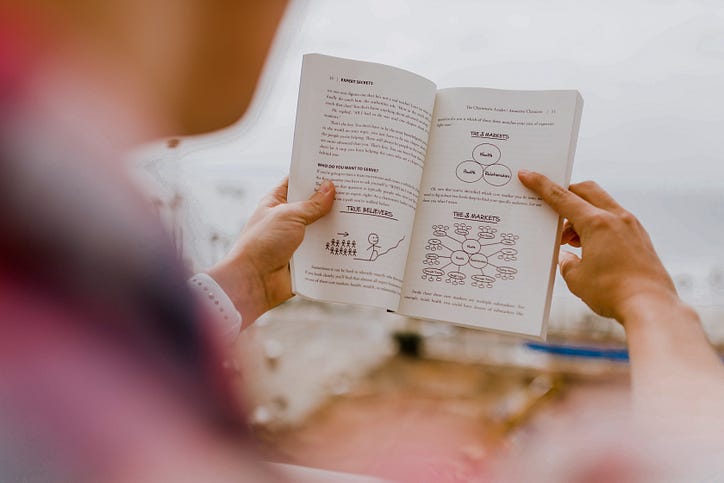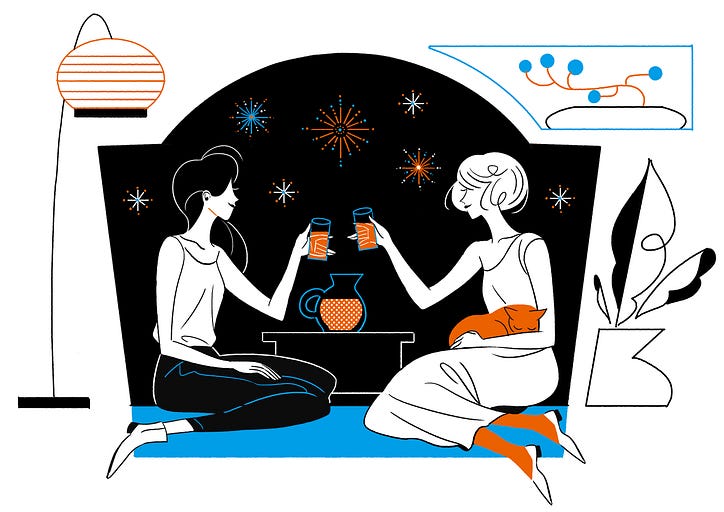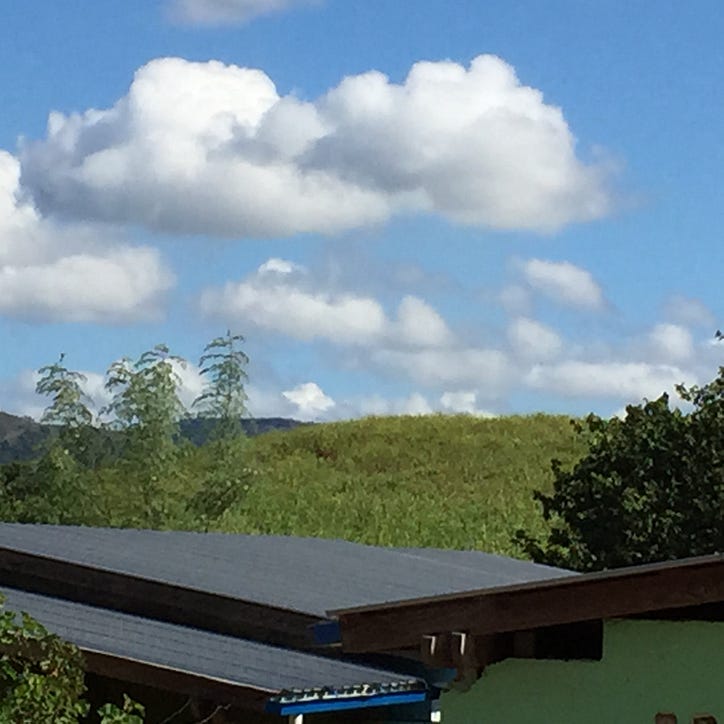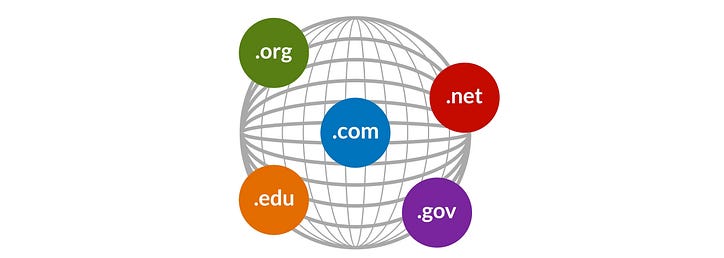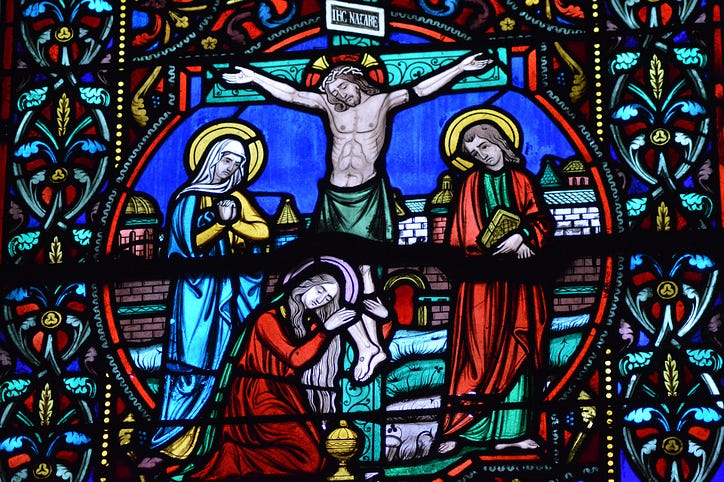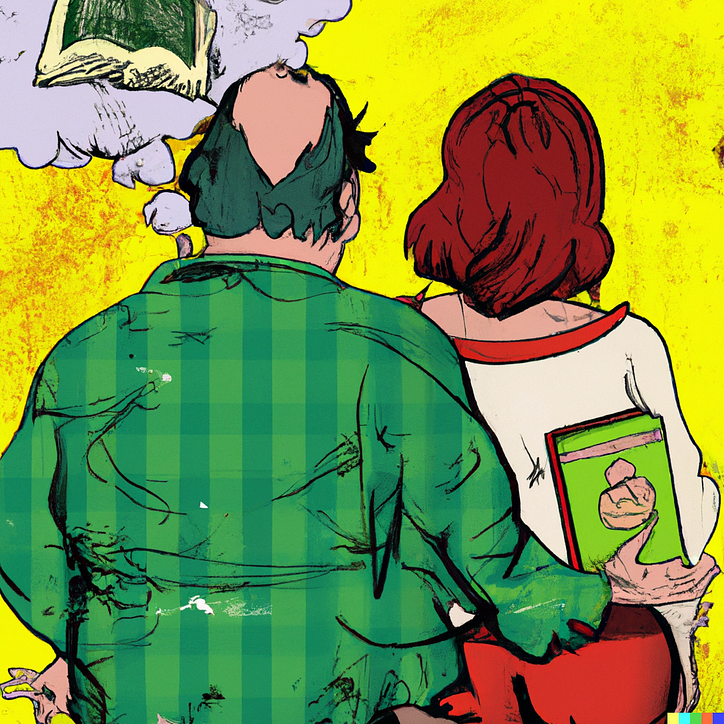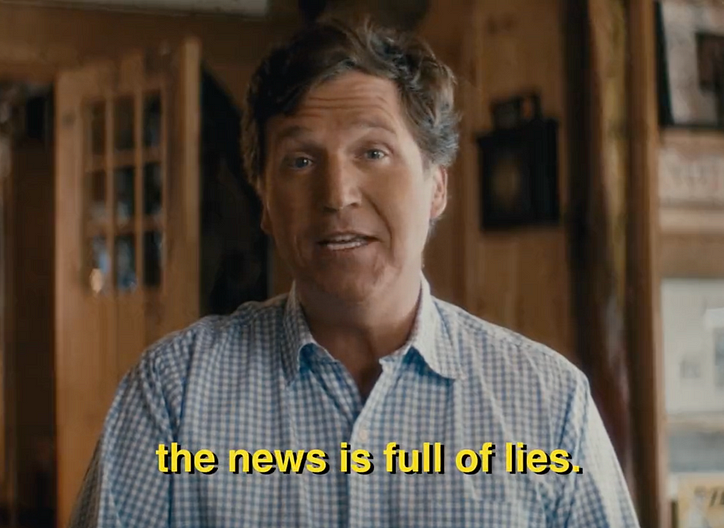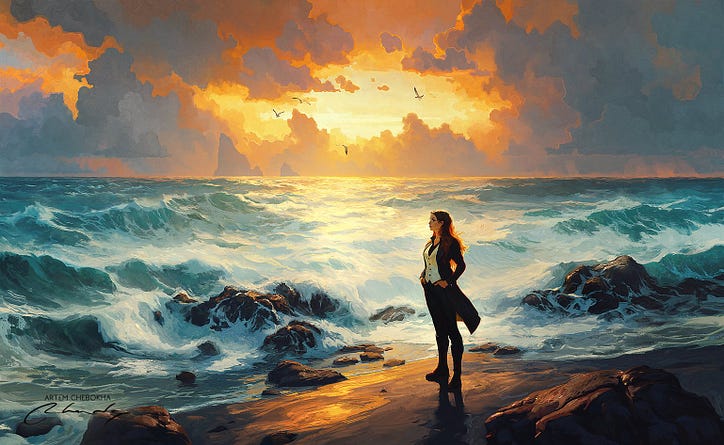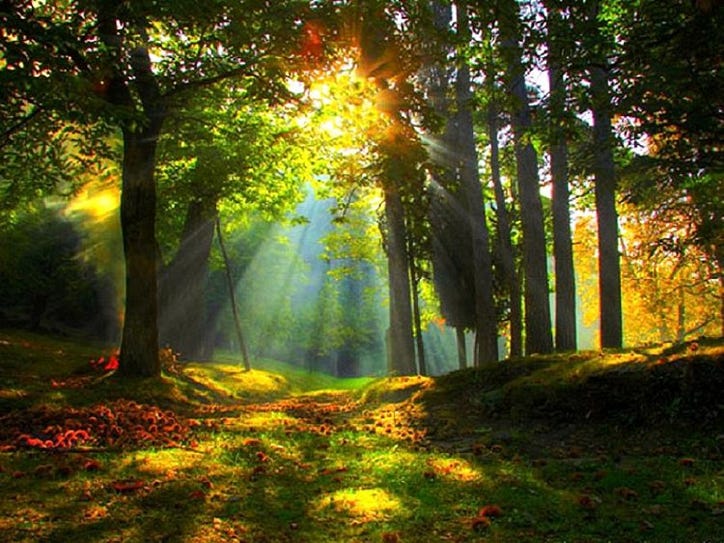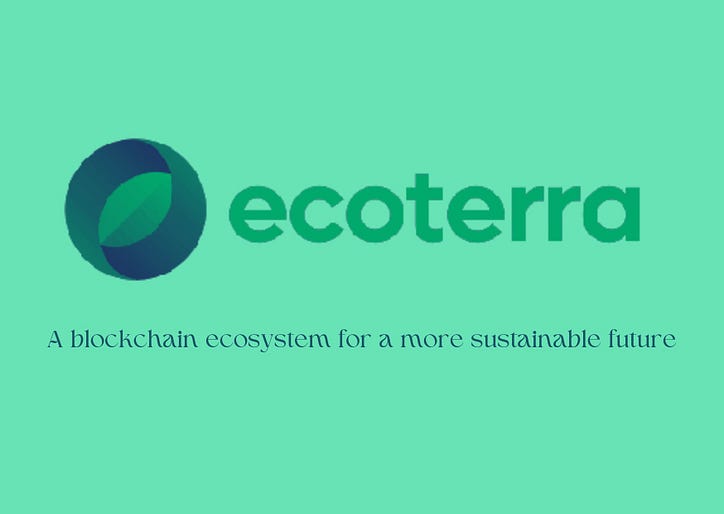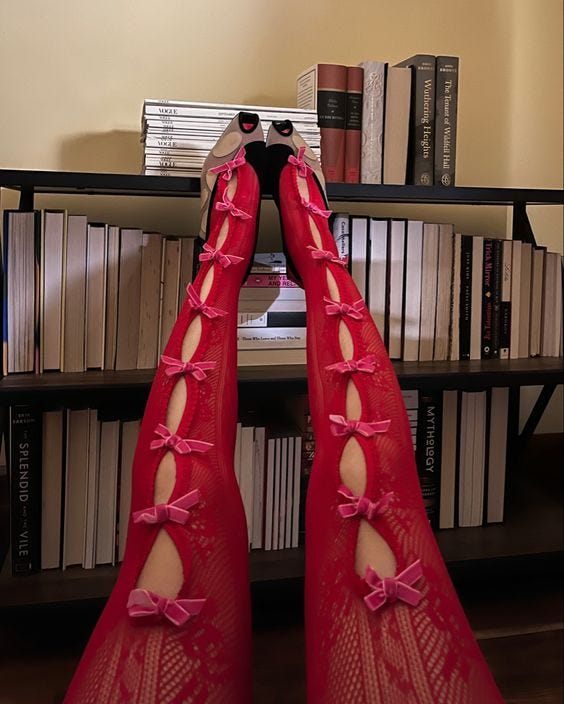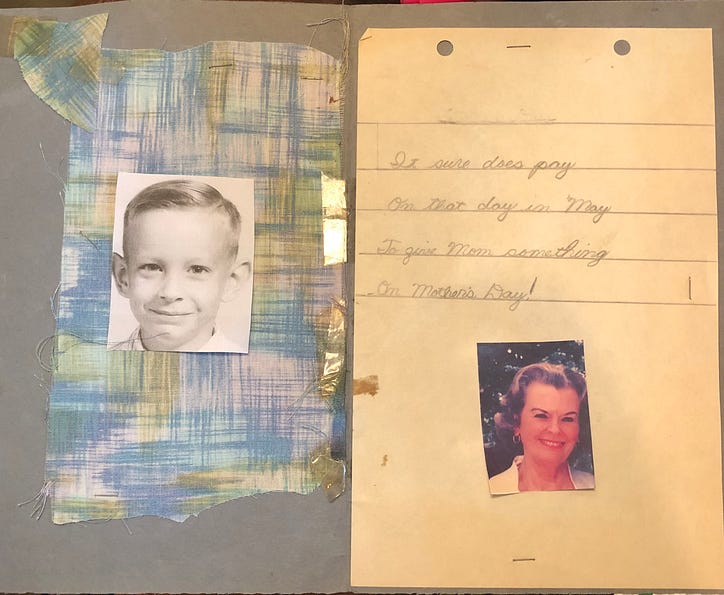Ảnh hưởng của Cô đơn đối với Sáng tạo
Nắm bắt sự thay đổi triệt để - Phần ba
Trong một loạt ba bài báo, bạn sẽ được cung cấp một góc nhìn về cách chúng ta có thể nắm bắt thời điểm thay đổi triệt để này và hướng bản thân vượt qua cơn bão của nỗi sợ hãi và đau buồn và sử dụng sự sáng tạo như một chiếc la bàn để chuyển từ cô lập sang cô độc.
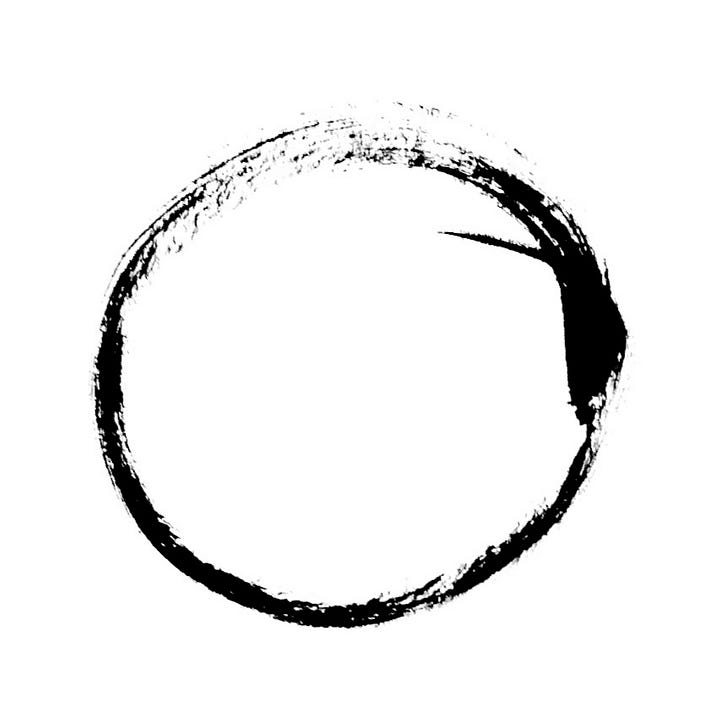
Để đón nhận sự thay đổi căn bản, chúng ta cần trở nên cố định trong chính mình để có thể lắng nghe sự khôn ngoan bên trong. Điều này không có nghĩa là chúng ta phải luôn bình tĩnh và kiểm soát cảm xúc của mình. Nó có nghĩa là chúng ta có thể nắm bắt mọi cảm xúc và lắng nghe những gì nó đang cho chúng ta thấy về tình hình hiện tại. Khi chúng ta biết điều gì mang lại niềm vui cho chúng ta, điều gì sưởi ấm trái tim chúng ta, điều gì mở mang kiến thức, điều gì mở mang tầm mắt, điều gì làm dịu mức độ căng thẳng của bạn, điều gì mang lại cho bạn sự thoải mái, điều gì giải tỏa cơn giận, điều gì nuôi dưỡng tâm hồn, cơ thể và tâm trí của chúng ta, chúng ta đang có thể chèo lái bản thân vượt qua thời điểm tốt và thời điểm xấu.
Cô lập trong nghệ thuật
Trong suốt lịch sử nghệ thuật, các nghệ sĩ đã sử dụng sự cô lập như một phương tiện để kích thích sự sáng tạo của họ. Hình ảnh của người nghệ sĩ đơn độc có sức mạnh đến mức chúng ta vẫn kết nối điều này với từ sáng tạo. Nhưng nguyên mẫu này đã thay đổi trong những thập kỷ qua. Hầu hết các nghệ sĩ đương đại đang đi du lịch rộng rãi và giới thiệu về bản thân, quá trình của họ và nghệ thuật của họ thông qua mạng xã hội và internet với những người theo dõi họ.
But there was a time where artists were creating in isolation. Born from a desire for individualism, originality, and rebellion, a desire to reject society and break the rules and the urge to protect their unique ideas. In this isolation lies the seed that brought the artisan to be perceived as the genius. The conventional idea is that pain is good for art. A genius is best when drunk, unhappy, scarred, destitute, or drugged. But there is a subtle and important distinction to make when it comes to what brings such artists to be genius.
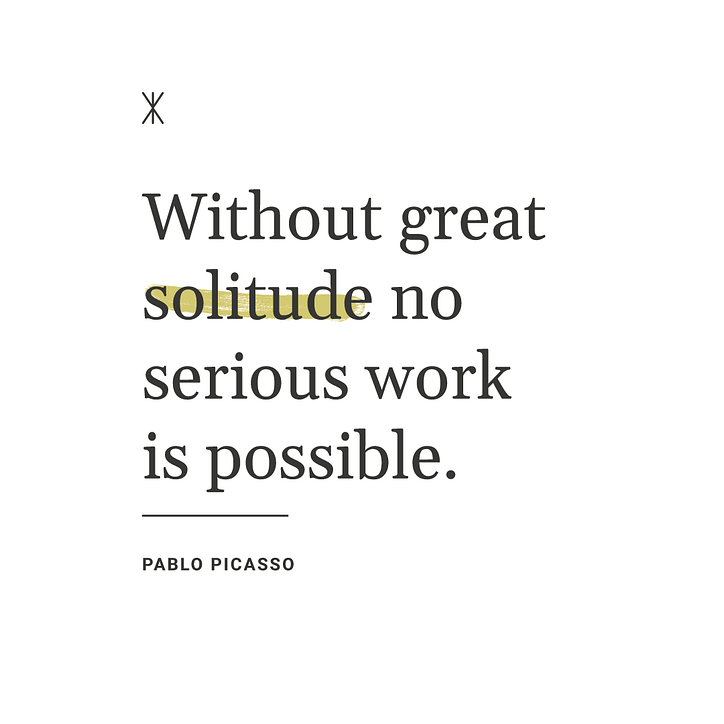
The difference between isolation and solitude
There is a big difference between isolation and solitude. Isolation, marked by a sense of loneliness, is a negative state. Solitude is the state of being alone without being lonely. What brought the genius to artists was not isolation, but the practice of solitude. The effects on the human mind are extremely different.
The effect of isolation on our mind is a loss of proportion, an obsession with detail, and an inability to see the larger picture. When you add fear in the mix it will affect your memory and your perception of reality. Fear prompts tons of negative consequences for your body and psyche. Your thoughts will become single focused and you lose the ability to empathize.
The effect of solitude on our minds is the extreme opposite. To practice solitude, means to retreat within yourself, to reflect and meditate. By seeking solitude, you are able to understand your true sense of self and you will be able to interact and empathize with others from a balanced and well-tuned mind.
This is where our genius connection to creativity is found. Within solitude, we meet our genius self (creativity, insights, love, empathy) and our hurting self (pain, fear, anger, frustration, jealousy). When we learn to embrace all there is, we can heal ourselves, love ourselves, express ourselves, create innovative visions and connect to our own unique purpose and stand in the world as soulful, strong and empowering human beings.
Solitude is a lost art in this age where we are ultra-connected to the outside world through social media combined with extreme loneliness from a lack of real connection. Being disconnected from ourselves makes us unable to connect to our surroundings. Here is the good thing, we don’t need to be a monk to find solitude. Now that we are forced to live as hermits we might as well take the chance to create these moments of solitude.
Solitude in Incubation
Now that we are collectively incubated, we might as well look at it with a creative perspective. After finding isolation in the 5 stages of grief (The Effect of Fear and Grief on Creativity) we now shift to the proposed stages of creativity where we find “the stage of incubation”. This is the stage where your subconscious brain will be doing the work. Stepping away and bringing some space to your brain will allow for a fresh breeze to bring clarity and peace to the contemplating mind. Incubation allows for your intuition to create a new insight.
During incubation, we take our focus off the creative process to let the knowledge we have gathered sink in, digest, and let our unconscious brain organize it. The good thing is, we don’t have to go anywhere, which is particularly convenient in times like these. These flashes of illumination can come to us when we take a walk or a shower, or when we meditate (or when we travel, but that doesn’t really fly right now). Getting into this state also calms down our nervous system. The challenge is, we are only able to find insights when we stop consciously searching for them. The more you are forcing the creative insights to happen, the less likely they are going to come. This mostly unconscious process can’t be forced.
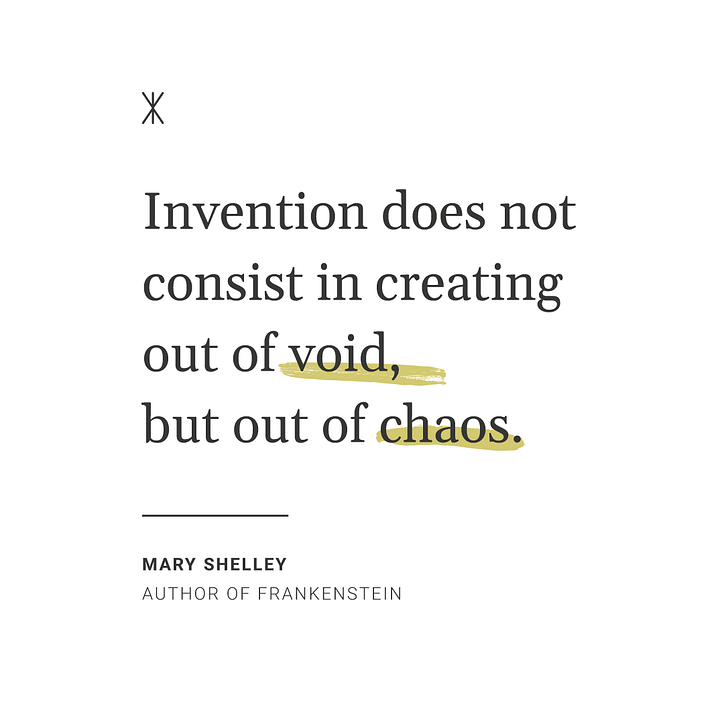
Solitude in Chaos
To make sense of the chaos we need some form of solitude. But where do you find it? It is said that the first step is by disconnecting. So, a big part of that first step has been made for us. With this type of disconnecting we mean, to find a place where you can disconnect from outside impulses like your phone, your email, social media to be able to connect to yourself. When we rely upon the world too much, we lose our deep inner sense of our stable self. We rely upon the world to reassure us, to give us an idea of who we are. When we create a moment and place in which we can reconnect to ourselves our devotion to unresolved issues in your life disappear. Your inner happiness becomes intrinsic related to your inner nature. The need for others to create your happiness dissolves. You will become independent, which (to me) means able to fully express yourself in connection to the world and others.
Being an artist means, not reckoning and counting, but ripening like the tree which does not force its sap and stands confident in the storms of spring without the fear that after them may come no summer. It does come. But it comes only to the patient, who are there as though eternity lay before them, so unconcernedly still and wide. I learn it daily, learn it with pain to which I am grateful: patience is everything! — Rainer Maria Rilke (poet)
>> After having gone through a great deal of loss and disruption and having to create a ‘new normal’ several times in my life, there was a point where I felt my compass was broke. My mother had died 3 months after my son was born and my stepmother, mother-in-law, and mother-by-affection followed her in the next year and a half. Through this storm, I learned the most important lesson of my life, to trust and connect to the compass that is within me. I have been practicing Zen meditation for four years now and it has been my lifeline. Learning to sit in silence with all that is me, showing me a way through pain, anger, and sadness and reconnecting to my power, my purpose, my passion, and my creative source. Connecting to myself has given me the strength to connect to life, whatever way it shows itself. <<
8 Tips to bring solitude in chaos
You don’t have to sit on the top of a mountain, and you don’t have to be a monk to experience solitude. You don’t have to have anything, not even silence. But here are my favorite ways that can get you grounded in the now:
- Disconnect — to your phone, social media and the news
- Breath — with attention, breathe in for 5 counts and out for 5 counts
- Sit — in the sun close your eyes and feel its warmth
- Notice — Look at something with extreme detail. A leaf, a tree, a flower, a table, or an artwork. Notice color, smell, touch.
- Nature — Walk outside, if you can. Sit along the water, against a tree, on a bench, on the grass. Or look outside and connect to the nature that is there.
- Movement — Move your body, dance, follow an online yoga class, run or take a walk.
- Relax — Take a shower or a bath, read a book
- Meditate — find a place where you can sit comfortably for 10 to 20 min (you can use a guided meditation)
